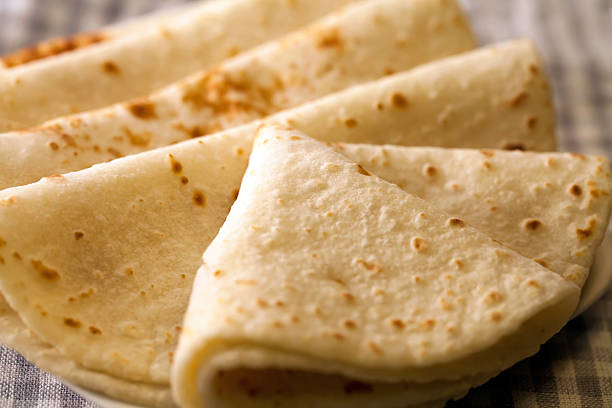Easy tips to keep chapatis soft for hours If you’ve ever bitten into a chapati that felt more like a cardboard coaster than a warm, pillowy flatbread, welcome to the club. Every Indian household has faced the “hard roti” crisis at least once. You start with the best intentions, mix flour and water, roll with hope, and end up serving edible frisbees that could double as DIY coasters. The problem isn’t your love for chapati; it’s the science behind dough, heat, and timing.
Hard rotis are usually the result of one or more small mistakes: the wrong flour-to-water ratio, uneven kneading, resting time skipped in the name of hunger, or cooking at the wrong temperature. Over thirty days of practice (and countless family critiques), seasoned cooks learn that chapati softness is more chemistry than magic. But don’t worry—you don’t need a culinary PhD. With a few easy hacks, you can rescue your dinner table from chewy disasters and serve chapatis that stay soft for hours
1. Master the Water-to-Flour Ratio – The Heart of Softness
The first and most important Soft Chapati Tip is getting the dough ratio just right. Too little water creates a dry, tough dough that behaves like a rebellious teenager when you try to roll it. Too much water, and the dough sticks to your rolling pin like a needy ex. The sweet spot? For every cup of whole-wheat flour, use roughly half a cup of lukewarm water, adding more only a teaspoon at a time.
Lukewarm water hydrates the flour evenly, activating gluten gently without overworking it. Some grandmothers even sneak in a spoon of milk or curd for extra softness and subtle flavor. As you knead, aim for a dough that feels soft yet firm—like a cozy pillow that bounces back when pressed. Remember, the dough will relax during resting, so don’t panic if it feels slightly firm at first. This simple step separates heavenly rotis from dry paper plates
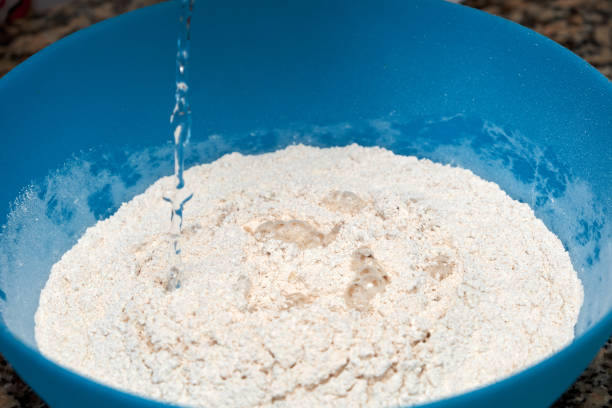
2. Kneading Like a Pro – Not Too Much, Not Too Little
Once you’ve mixed the flour and water, it’s time for a mini arm workout. Proper kneading develops just enough gluten to hold the chapati together while keeping it tender. Under-kneaded dough breaks apart and cooks into stiff disks. Over-kneaded dough becomes tight, creating rubbery rotis that could survive an apocalypse. The golden rule: knead for about 8–10 minutes until the dough is smooth and elastic but not sticky
Use the heel of your palm to press and fold, adding tiny splashes of water if needed. Some home cooks swear by adding a teaspoon of oil while kneading to lock in moisture. The fun part? This is your chance to vent the day’s frustration. Punch the dough lightly, fold with love, and imagine you’re crafting edible clouds. Your future self will thank you when every chapati puffs up like a happy balloon
3. Resting Time – The Secret Spa Treatment for Dough
Here’s a Soft Chapati Tip many impatient cooks skip: let the dough rest. After kneading, cover it with a damp cloth and let it relax for at least 20–30 minutes. This mini spa session allows the gluten to settle and the moisture to distribute evenly, making the dough softer and easier to roll.
Think of it as giving the dough a nap—it wakes up calm and ready to stretch without tearing. If you rush straight to rolling, the gluten is still tense, and you’ll fight with stubborn edges and hard results. In hot climates, keep the bowl in a cool corner to prevent over-fermentation. If you’re meal-prepping, you can even refrigerate rested dough for a few hours; just bring it back to room temperature before rolling. Like a well-rested human, well-rested dough behaves beautifully under pressure
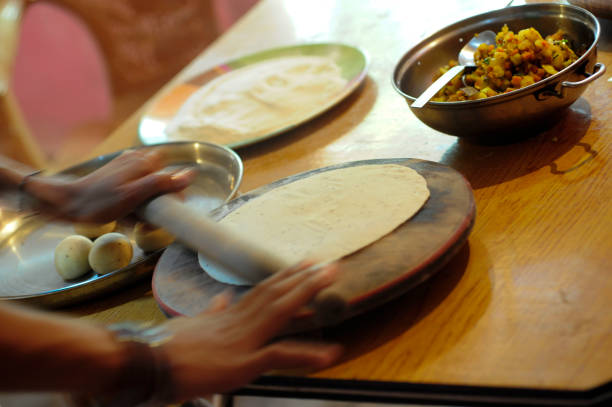
4. Rolling Skills – Thin, Even, and Confident
Rolling chapatis is an art that separates rookies from roti ninjas. Uneven rolling creates thick edges and thin centers, causing patchy cooking and awkward chewing.
Dust your surface lightly with dry flour, divide the dough into equal balls, and roll from the center outward using gentle, consistent pressure. Rotate the dough a quarter turn after each roll to maintain a perfect circle (or something close—don’t panic if it’s more “abstract art” than geometry). Aim for a medium-thin disc: too thick, and the chapati won’t cook through; too thin, and it turns into a brittle cracker. If you see cracks along the edges, the dough may be too dry—sprinkle a few drops of water while kneading next time. A perfectly rolled chapati almost feels alive, flexible yet strong, ready to puff like a pillow once it hits the hot pan.
5. Perfect Heat – Cooking at the Right Temperature
Even the best dough can betray you if the tawa (griddle) is too hot or too cold. A lukewarm pan will dry out the chapati before it cooks, while an overheated pan burns the surface and leaves the inside raw. Preheat your tawa on medium-high until a drop of water sizzles instantly.
Place the rolled dough and cook for 30–40 seconds until bubbles appear. Flip and cook the other side until golden spots form, then flip once more and press gently with a spatula to encourage puffing. This final puff is not just culinary drama; it indicates perfect moisture lock inside. If your chapati refuses to puff, don’t cry—softness still depends more on dough quality and resting than dramatic inflation. Practice makes perfect, and every flip brings you closer to chapati greatness
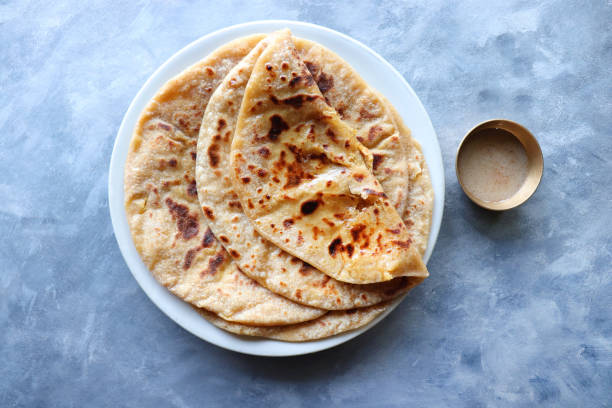
6. The Magic of Ghee or Oil – Locking in Moisture
While purists argue that chapatis should stay oil-free, a thin brush of ghee or oil during cooking can transform a decent roti into a soft, fragrant masterpiece.
The fat acts like a moisture seal, preventing rapid drying and adding a luxurious aroma that even the pickiest eater can’t resist. If you’re watching calories, don’t worry—a light smear goes a long way. Ghee also adds a dose of healthy fats and fat-soluble vitamins. For an extra treat, stack hot chapatis with a dab of ghee between each layer. As they sit, the ghee melts and spreads like a warm hug, keeping every roti supple for hours. Your kitchen will smell heavenly, and your family will wonder if you secretly hired a five-star chef
7. Storage Secrets – Keep Them Soft for Hours
Nothing kills chapati joy faster than finding your freshly made rotis turned into stiff boards within minutes. The culprit is rapid moisture loss. To avoid this, transfer each cooked chapati to a lined casserole or insulated container while it’s still warm. Layer them with a soft cotton cloth or butter paper to trap steam without making them soggy. If you’re packing lunch, wrap chapatis in foil or a clean towel inside an airtight box. For next-day use, reheat on a tawa for a few seconds or microwave with a damp paper towel to revive softness. Remember, chapatis are like friendships—they stay warm and pliable when kept in the right environment
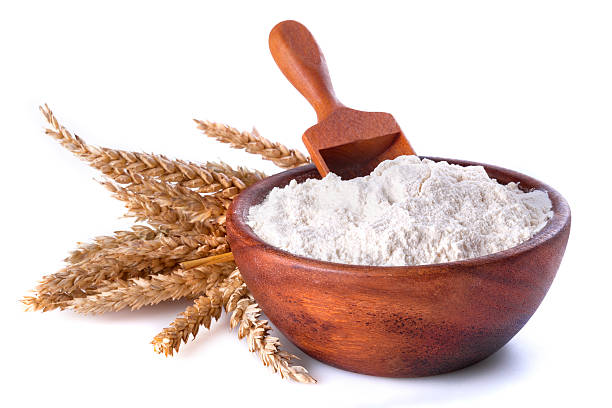
8. Flour Matters – Choosing the Right Atta
Not all flours are created equal. Whole-wheat atta with higher protein content helps form gluten networks that trap steam and create softer rotis. Some brands even blend multigrain flours for extra fiber and flavor, but too much coarse grain can lead to dryness. Look for fresh, finely milled flour with a slightly nutty aroma. Old or stale flour loses natural oils, making dough dry and lifeless. For special occasions, you can mix a spoonful of maida (refined flour) or add a splash of warm milk to boost softness, but keep it balanced for everyday health. Quality flour is the foundation of every good chapati—invest wisely and your dinner plate will thank you
9. The Final Bite – Soft Chapatis Are a Love Language
After mastering these Soft Chapati Tips, every bite will feel like a warm hug from your kitchen. Perfect ratio, patient resting, confident rolling, balanced heat, and clever storage combine to create rotis so soft they practically melt on the tongue. Your family will notice, your guests will gush, and even your picky toddler might clap in approval. The best part? You’ll never again face the shame of serving “hard-disk rotis” that double as table decor. Instead, you’ll enjoy the satisfaction of tearing into a soft, steaming chapati that soaks up curries like a dream. Chapati perfection isn’t magic—it’s a series of tiny, lovable habits. Once you learn them, every meal becomes a celebration
Disclaimer
The tips and suggestions mentioned in this article are intended for general informational purposes only. Before starting any fitness program, making changes to your diet, or trying any remedies related to health conditions, please consult your doctor or a qualified healthcare professional. Dr. You does not verify or endorse the authenticity of any such claims made herein

